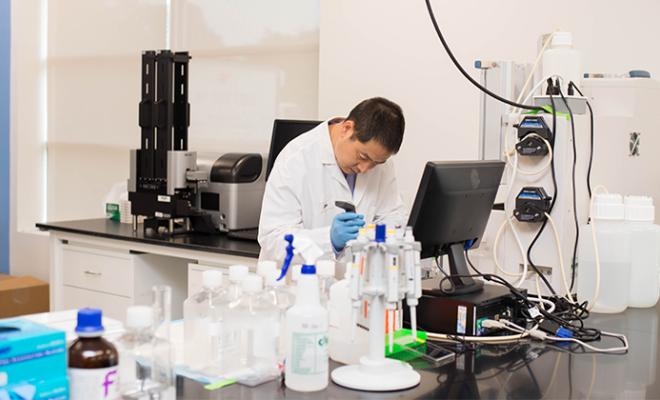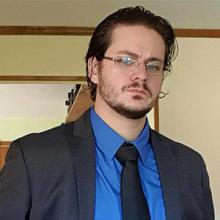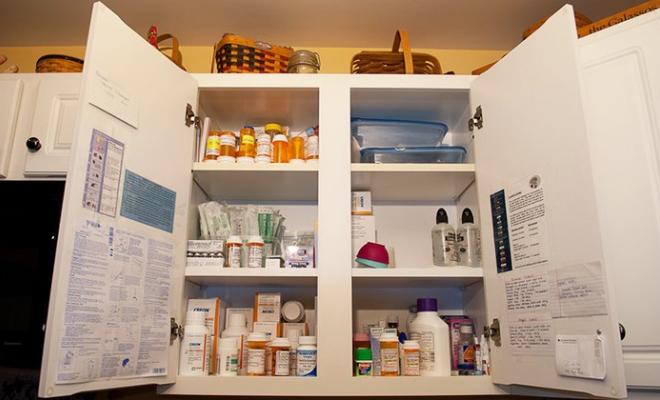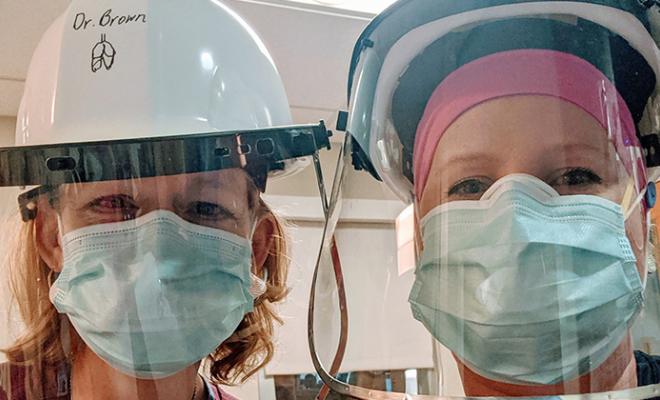I was asked to participate in the RARE mutation study by my pulmonologist, whom I have known for many years (over 10). She and I have a very good relationship and typically she asks me to participate in the more “interesting” studies (more interesting to me, anyway). After hearing about it, I of course agreed to participate.
“You might not be so quick to say yes,” she responded, “if you knew the tissue sample is collected via rectal biopsy.” At the time, I couldn't tell whether she was messing with me.
She wasn't.
There are more than 1,700 different mutations that affect the production of the cystic fibrosis transmembrane conduction regulator (CFTR) protein. A missing or dysfunctional CFTR protein causes cystic fibrosis.
Thanks to advancements in medical treatment, new therapies are being developed that target the underlying mutations that are responsible for CF. Many of these CFTR modulator therapies focus on the most common mutation, F508del. These therapies are not designed for patients with rare mutations, including nonsense or stop mutations
. To that end, the RARE study, which is being conducted at six sites nationwide, is focused on collecting cells from patients like me with two nonsense mutations to study potential treatments.
The study consists of a blood draw, nasal cell collection, and an optional portion that includes a rectal biopsy. I can't lie. I wasn't sold on the prospect of a rectal biopsy. This seemed like it would be quite uncomfortable and inconvenient. I had participated in several studies involving blood collection and nasal brushing and knew that those things were not a big deal.
I remember going back and forth on the rectal biopsy portion of the study. As a nurse practitioner, I take care of patients all the time after they have a sigmoidoscopy/colonoscopy (insertion of a scope into the rectum to examine the bowel) and a biopsy. It never seems like a big deal from the provider prospective. Nobody is excited about it, but my patients tend not to complain afterward.
I very vividly recall standing in my kitchen one evening and thinking that because my mutations are rare, what would happen if I didn't participate in the study? What if my refusal was the reason a new therapy was never developed? That is when I knew that I would have to do the rectal biopsy portion, no matter how much I didn't love the idea.
Because only around 600 people with CF in the United States have two copies of a nonsense mutation, it is very difficult to study. The study coordinators are hoping to get 20 or 25 people to participate.
But do they really need a rectal biopsy?
It turns out that blood and nasal cells are very good for studying existing drugs or therapies, but not so great for developing new drugs. This is because the cells can be used only for so long before dying. Thanks to advancements in science, rectal tissue can be grown almost indefinitely -- that is why the rectal cells are so important. These cells can be grown for years and could potentially be used many years down the line to develop and test new targeted therapies.
Both the lead doctor and the gastrointestinal (GI) doctor who would do the biopsy told me that the GI tract does not have sensory nerves the way skin does, so aside from pressure, the biopsy shouldn't be painful (easy to say when you aren't the one going through it.) They told me that the procedure itself takes 10 minutes or less.
The blood draw was quick and easy. The nasal brushing was not bad. It was a little bit on the uncomfortable side but was very quick. It made my eyes water, more because they were poking around in my nose than from pain. The brush they use to collect the cells looks kind of like a long-handled pipe cleaner. Between the blood draw and nasal brushing, the whole collection process took less than 20 minutes.
Day two was the rectal biopsy. I decided not to take the anxiety medication they offered me. Because I tend to have a pretty regular morning bathroom routine, I did not need to do any kind of bowel prep (enema/suppository) prior to the procedure for the GI doctor to see well. The “time-out” prior to the procedure -- the part where everybody in the operating room says who they are, who you are, what they will be doing during the procedure and where -- took longer than the procedure itself.
The GI doctor was very good at talking through what he was doing. He inserted a scope (that is roughly the width of stethoscope tubing) a few inches into my backside. This only felt like pressure -- kind of like I had to have a bowel movement and was a little bit uncomfortable -- not pain.
Next, a biopsy instrument was inserted through the scope a few times. With each insertion, a biopsy was taken. I felt a tugging sensation on my inner abdomen, but this was in no way painful. In under 10 minutes, I was out of the OR and getting dressed. My mother (who drove me in case I opted to take the anxiety medication) even commented that I was in and out of the OR in less time than a regular bowel movement. I said it was because I wasn't allowed to take my phone in…
Some people have a little bit of streaking with blood that resolves after their first bowel movement, although I did not encounter this. I did have some abdominal cramping the next day, but I can't say whether it was related -- this happens to me sometimes anyway.
Honestly, the worst part of the study was the anxiety about how bad the rectal biopsy would be, which was really just energy wasted. The biopsy was quick and relatively pain free.
I was asked by the study coordinator if I would share my experience with the greater CF community in a blog. The study is very important, but there are probably a large number of people who don't know about it.
Some of the procedures involved in the study sound scary and unpleasant at first. I know that I personally was not thrilled with the idea of a rectal biopsy. After having done it, I felt that sharing a little bit of background on the study itself, as well as some of my misplaced fears, would help to inform others as to the importance of the study and give some insight to those who may be considering whether to participate.
Knowing what I know now, I would participate again without hesitation.





